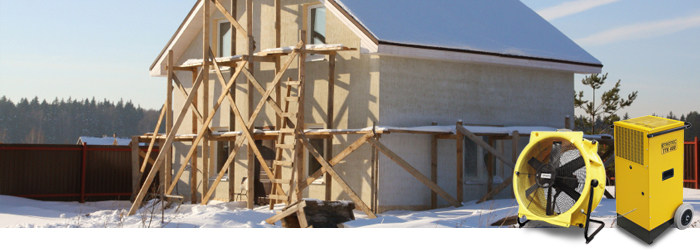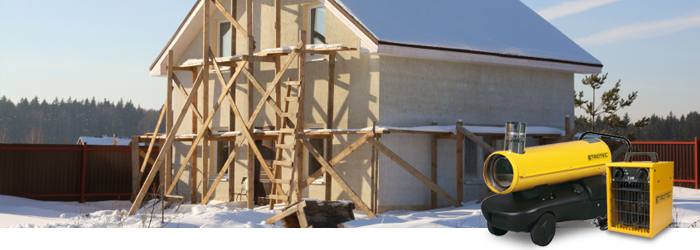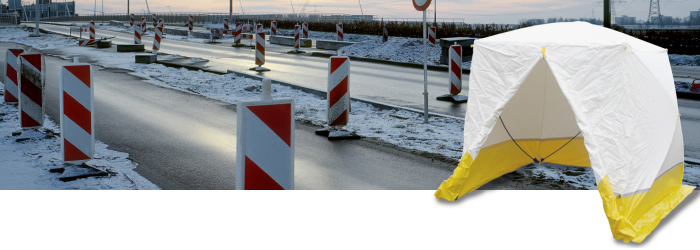 There’s nothing like a good office job. That is at least the view that, understandably one would imagine, many office workers seem to share. On balance an office job has a lot going for it: when it’s hot and sticky outside you can turn up the air conditioning or switch on a dehumidifier and create an indoor climate that you feel most comfortable in. And when it’s cold and wet and miserable outside you can comfortably turn up the heating a notch or two and watch how those less fortunate than yourself, like the postman, the builder, the roofer, go about their daily business while you stand gazing out of the window absent-mindedly stirring a chocolate-coated biscuit in your cup of tea.
There’s nothing like a good office job. That is at least the view that, understandably one would imagine, many office workers seem to share. On balance an office job has a lot going for it: when it’s hot and sticky outside you can turn up the air conditioning or switch on a dehumidifier and create an indoor climate that you feel most comfortable in. And when it’s cold and wet and miserable outside you can comfortably turn up the heating a notch or two and watch how those less fortunate than yourself, like the postman, the builder, the roofer, go about their daily business while you stand gazing out of the window absent-mindedly stirring a chocolate-coated biscuit in your cup of tea.
But the Great Outdoors also has a lot to offer – and there are those weather-beaten, hardened, rugged-looking types, like fishermen, stallholders, farmers and gardeners, who wouldn’t want to swap a day of their lives for a day in the office with you – not for all the tea in China.
Of course just because you are an office worker that doesn’t mean that you have to enjoy working in an office all day long. And just because you are a fitter, a pipelayer or a service technician that doesn’t mean that you don’t mind having to brave the weather day in, day out and that you don’t sometimes get fed up with the sun beating down on relentlessly on your arched aching back, or standing in a pool of cold, murky water in a trench in the rain, or being buffeted about by gusts and galeforce winds while all you are actually trying to do is your job.
This then is why we at TROTEC have a produced a fine selection of multi-purpose work tents designed to provide adequate shelter and a proper working environment for those professionals who spend much of their time working outside at the mercy of the elements. The water repellent specially-coated canvas material offers ideal protection against cloudbursts, downpours, light showers even heavy, persistent rain. And because the translucent material allows sunlight to pass through the outer walls of the tent, the light inside the tent is bright enough and natural enough to allow work which requires good lighting conditions, like electrical rewiring jobs, soldering or welding, or repairs on segments of pipes or cables to be carried out.
Putting up the tent is the least of your problems. The lightweight quick assembly tents are up in a jiffy. In fact it only takes one man a matter of seconds to unpack one of our many pop-up models from the practical carry bag included in the scope of delivery, spread it out on the ground in front of him and then step into the tent and then out again while pulling the robust but supple fibreglass rods apart that form the frame of this extremely practical and equally valuable man-made shelter. And just in case you had your doubts – the tent can be stowed away just as quickly when your job is done or you have finished for the day.
It pays to think ahead. The highly-flexible but low-priced, long life work tents from Trotec can prevent you from having to down tools and stop work while you wait for the weather to clear up or the rain to cease. This of course can lead to more productive workdays, especially when deadlines are involved, and much more profitable margins.
So be sure to be well-equipped and ready to respond when the next snowstorm, rain shower or low pressure system comes your way.
Make mine Trotec!
Go here to see our comprehensive range of quick up work tents!


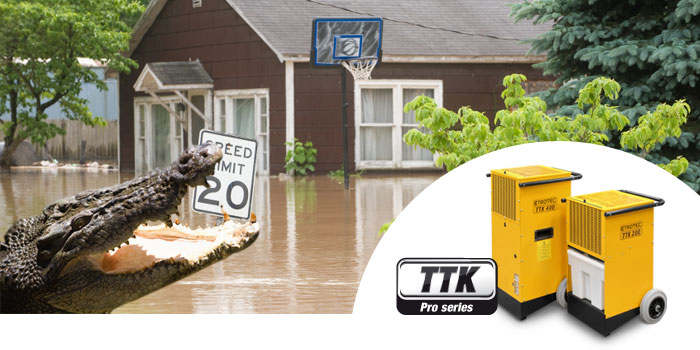
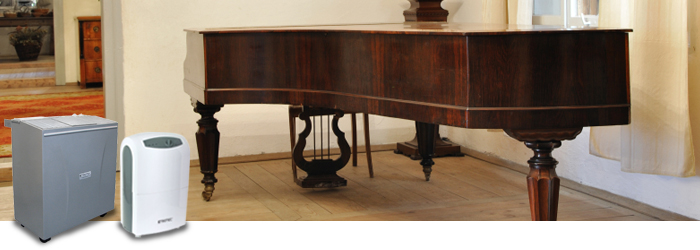
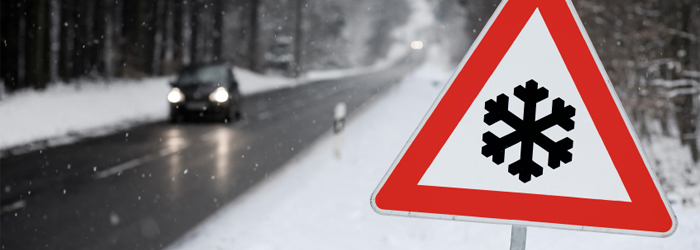 Winter is without doubt the worst time of the year for motorists. Roads can quickly become treacherous or even impassable and what started off as a normal journey to work or a friend’s place can suddenly turn into a nightmare. Hundreds of motorists found themselves trapped in their cars overnight and stranded in snowdrifts and snow flurries in parts of Scotland and the north of England when police had to close roads and shut off motorways which had become blocked because of heavy snowfall and temperatures as low as -20C.
Winter is without doubt the worst time of the year for motorists. Roads can quickly become treacherous or even impassable and what started off as a normal journey to work or a friend’s place can suddenly turn into a nightmare. Hundreds of motorists found themselves trapped in their cars overnight and stranded in snowdrifts and snow flurries in parts of Scotland and the north of England when police had to close roads and shut off motorways which had become blocked because of heavy snowfall and temperatures as low as -20C. Christmas is a special time of the year. For Christians it is a time to celebrate their faith and remember their God. And for millions of “Submarine Christians”, men and women who feel drawn to God but prefer to wear their religion more loosely, it is once again time to resurface and join in the celebrations. Yet even those who do not aspire to be any kind of Christian and who perhaps believe in other forces, powers or values beyond those of the Church often find themselves caught up in the Christmas Spirit and festive cheer.
Christmas is a special time of the year. For Christians it is a time to celebrate their faith and remember their God. And for millions of “Submarine Christians”, men and women who feel drawn to God but prefer to wear their religion more loosely, it is once again time to resurface and join in the celebrations. Yet even those who do not aspire to be any kind of Christian and who perhaps believe in other forces, powers or values beyond those of the Church often find themselves caught up in the Christmas Spirit and festive cheer.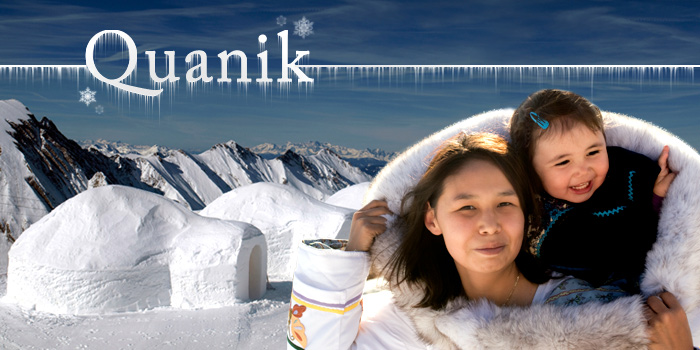 Snow. We have had more than our fair share of it recently. Snow and ice caused huge disruptions and chaos throughout Europe lately when bitterly cold polar air masses rolling in from the Arctic Circle brought road traffic to a standstill and caused airports to be closed, fleets of aircraft to be grounded and trains to freeze in – or more exactly to – their tracks. And if the weather forecasters are to believed, there is more – much more – to come.
Snow. We have had more than our fair share of it recently. Snow and ice caused huge disruptions and chaos throughout Europe lately when bitterly cold polar air masses rolling in from the Arctic Circle brought road traffic to a standstill and caused airports to be closed, fleets of aircraft to be grounded and trains to freeze in – or more exactly to – their tracks. And if the weather forecasters are to believed, there is more – much more – to come. 